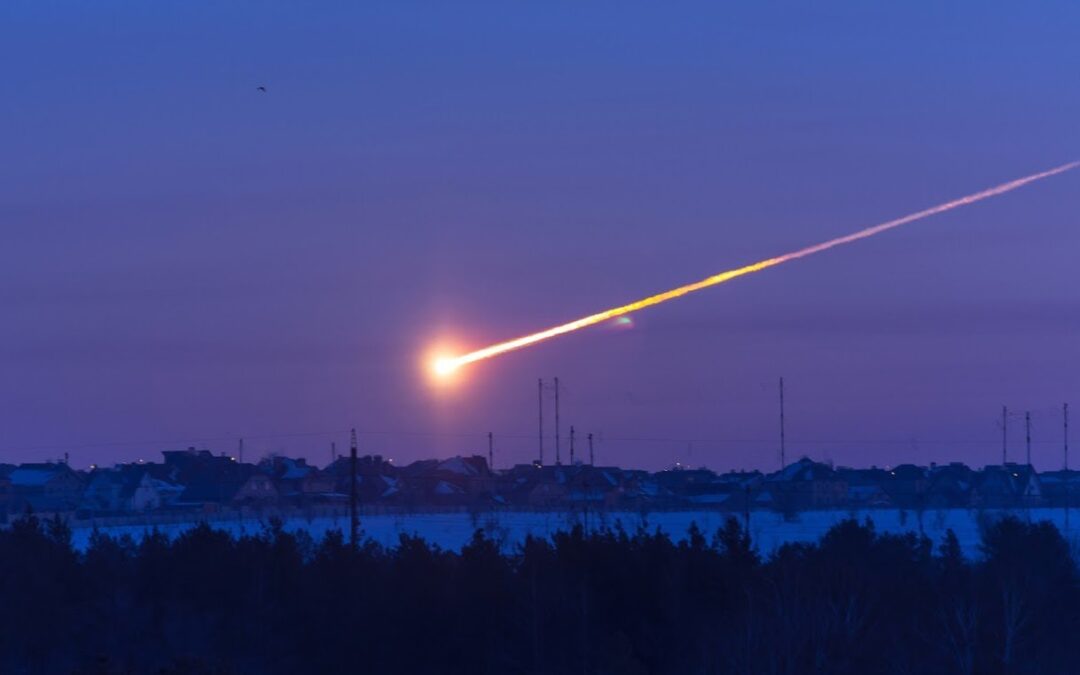Researchers reclassified YR4 as a non-threat in February, but the interim period was the first time that the International Asteroid Warning Network had been activated to respond to a threat since its formation about a decade ago.
“The fact is that humanity does have a system that has been put in place in the last decade, essentially, and it worked for YR4,” said Danica Remy, president of the B612 Foundation, a Mill Valley nonprofit focused on identifying near-Earth objects (NEOs) that pose a threat to humanity.
The network of researchers and cosmologists formed in the aftermath of an exploding meteor over Chelyabinsk, Russia, that shattered glass for miles around.
“We did not see that one coming,” said Katie Kumamoto, a researcher at Lawrence Livermore National Laboratory in the East Bay. “There was no warning until there was actually a fireball in the sky being caught on all of those dashboard cameras on people’s cars. I think that was a big wakeup call.”
Though astronomers have known about the risks posed by NEOs since the 1970s, efforts to catalogue potentially dangerous asteroids and meteors have only seriously materialized in the past decade, according to researchers from the Livermore lab, NASA’s Planetary Defense Coordination Office and the Asteroid Institute, a program of the B612 Foundation.
The Planetary Defense Coordination Office has identified 873 NEOs larger than a kilometer, a size that could be “a disaster of the scale of anything we’ve seen,” according to Lindley Johnson, who established the office in 2016.
Another 11,266 NEOs have been identified that are large enough to wipe out entire cities if they landed in a metropolitan area, Johnson said. He said NASA’s catalogue has identified more than 95% of NEOs that pose a threat to Earth.
“Even though we now feel we’ve got a good handle on the population of large near-Earth asteroids, we’re still working on understanding what the smaller population is,” Johnson said. “We now have this tasking from NASA to find everything that’s larger than 140 meters in size.”
The last major asteroid impact on Earth was the so-called Tunguska event in 1908 in Siberia, where an asteroid, estimated to be between 50 to 100 meters in diameter, exploded in the Earth’s atmosphere and flattened 2,000 square kilometers of forest. Asteroids of that size are estimated to strike Earth once every 200 to 300 years, while asteroids larger than a kilometer strike Earth once every 500,000 years on average, according to the University of Arizona.
The 411: B612 Foundation is entirely funded by private donations. MORE INFO.


